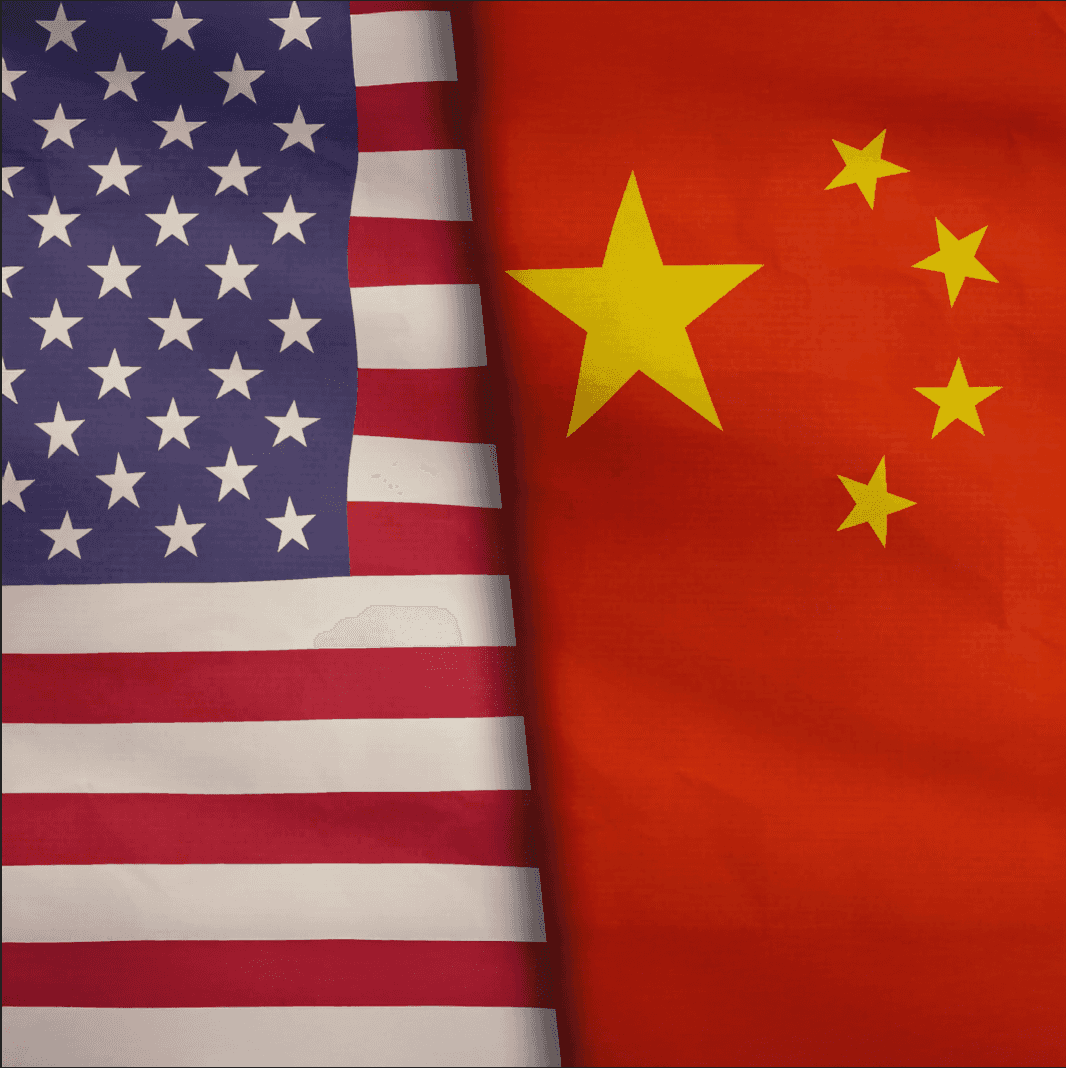
Stability in the Storm: China’s Playbook for Navigating the Trade War
April 25, 2025
During his first term, President Donald Trump’s trade policy zeroed in on China. This time around, his ambitions are far broader. Though he swiftly enacted a 90-day reprieve on the most severe tariffs, Trump’s “reciprocal tariff” framework underscores a more sweeping objective: to fundamentally reshape the global trading system. Even as dozens of governments dispatch delegations to Washington to strike new trade deals, the global reverberations of “Liberation Day” continue to erode confidence in U.S. economic partnerships.
China remains central to this shifting landscape. Trump continues to frame Beijing as a principal threat to U.S. economic interests—and was met with immediate Chinese retaliation when new tariffs were announced on April 2. What followed was a dizzyingly fast escalation into a tit-for-tat trade war. Yet even as economic pressure mounts on the Chinese economy, Beijing seeks to capitalize on Trump’s global disruption by casting itself as a pillar of economic stability.
During the annual Two Sessions, Foreign Minister Wang Yi pledged that China would “provide certainty to this uncertain world.” He later lauded China’s role as a “factor of certainty” in a multipolar world at the Munich Security Conference, juxtaposing U.S. Vice President J.D. Vance’s confrontational speech that critiqued European leaders and values. At a recent press conference, Ministry of Foreign Affairs spokesperson Lin Jian further vowed that China will “join hands rather than throw punches,” in reference to Beijing’s relationship with other countries. By casting itself as a “ballast stone” for global stability in an era of perceived American disruption, China seeks to reshape its image as a predictable and reliable global power amid U.S.-generated chaos.
One trade partner Beijing has been actively courting is the European Union. The Trump administration’s tough stance on one of America’s closest traditional allies has left officials in Brussels taken aback—an opening China appears eager to seize on. Over the past few weeks, Premier Li Qiang and Commerce Minister Wang Wentao held talks with European Commission President Ursula von der Leyen and Trade Commissioner Maroš Šefčovič, respectively, emphasizing that deeper China-EU cooperation could bring much-needed stability to the global economy and safeguard international supply chains. The two sides agreed to work on key EU concerns, including market access, electric vehicle (EV) pricing, auto-sector investment and trade diversion. Shortly after, Spanish Prime Minister Pedro Sánchez embarked on a state visit to China, during which President Xi Jinping called for Europe and China to “jointly safeguard economic globalization” and resist “unilateral bullying.”
Beijing is also turning its attention to Asian trading partners. In March, China, Japan and South Korea held their first trilateral economic and trade dialogue in five years, pledging to strengthen ties. President Xi also just wrapped up a high-profile tour of Vietnam, Malaysia and Cambodia, casting China as a steady hand amid Washington’s policy whiplash. In meetings with Vietnam’s Communist Party General Secretary To Lam and Malaysia’s Prime Minister Anwar Ibrahim, Xi pledged that China would stand with regional partners to “jointly oppose” unilateralism and protectionism, urging stronger ties to “address instability and uncertainty in the world with the stability and certainty of Asia.”
Xi’s Southeast Asia tour yielded a flurry of agreements, with many focusing on trade. The Chinese president was warmly received in the region, where export-driven economies are increasingly uneasy over Trump-era tariffs and potential trade volatility. Malaysian Prime Minister Anwar reinforced China’s positioning, telling Xi, “In these trying times, the world yearns for steadiness, reliability, and purpose. We see this in China’s conduct.”
Mounting concerns over China’s economic practices from major trading partners threaten to undermine its diplomatic efforts. The EU has been a vocal critic of China’s industrial “overcapacity,” warning that potential rerouting of Chinese exports from the United States to the EU could flood the European market, creating unfair competition for domestic firms. In her official response to Trump’s “reciprocal tariffs,” European Commission President von der Leyen agreed with Trump that “others are taking unfair advantage of the current rules.” She further cautioned that the EU “cannot absorb global overcapacity” nor “accept dumping” on its market, likely sending a warning to China. Further complicating the EU’s ability to establish trust in a partnership with China are long-standing ideological divides over human rights, as well as Beijing’s stance on the Russia-Ukraine war.
At the same time, the United States may be orchestrating a broader push to apply pressure to China through bilateral trade negotiations with other nations. Vietnam, which was initially slapped with a 46% tariff, has already initiated trade talks with Washington and pledged to crack down on “trade fraud,” which reportedly is in reference to China. The Trump administration’s potential to leverage tariff relief to cajole other nations into increasing trade restrictions on China could further derail Beijing’s efforts to strengthen its global economic partnerships.
This latest round of the U.S.-China trade war looks like it will increasingly play out in the arena of third countries, as Beijing and Washington press others to align with their respective interests. Beijing sent out a clear warning to other nations on April 21, signaling that it would take countermeasures against “any party entering a deal at the expense of China’s interests.” However, at this stage, U.S. demands on third countries remain unclear, as does how they will ultimately respond. As trade negotiations with many countries are underway in Washington and China and the European Union reportedly prepare for a summit in July, this remains a continuously evolving situation that merits close attention.